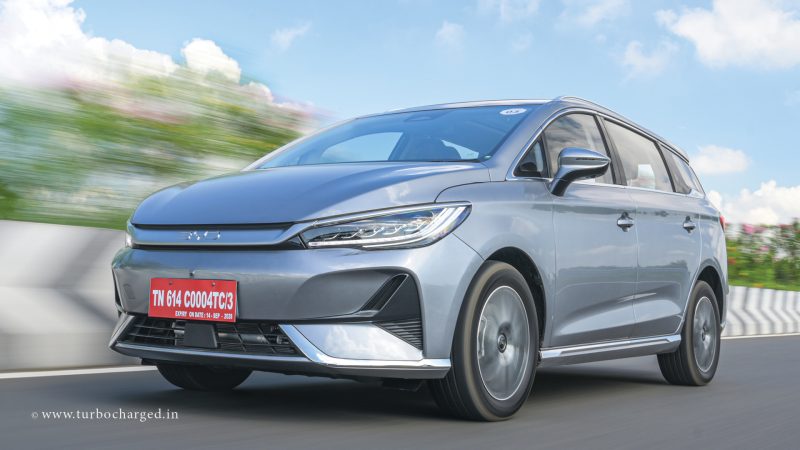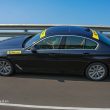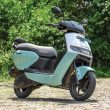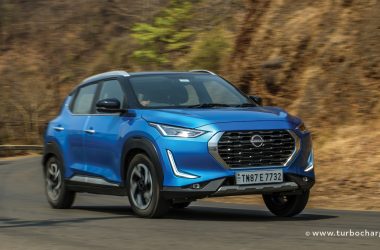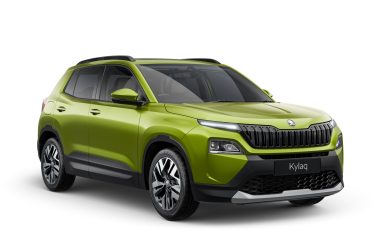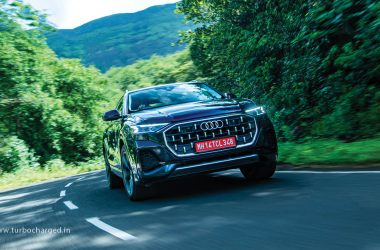BYD has been making waves across the global EV market, not only by leading in sales but also by launching premium electric brands. In India, although they might not yet top the charts, they’re serious about offering variety. Most of us first noticed BYD with the sleek Atto 3 SUV or the smart Seal sedan, but they were already in the game with the e6, an electric MPV that has become a fleet favourite. My family and I, for instance, have frequently used the e6 for our airport trips in Bangalore, finding it ideal for the demands of family travel. Spacious, quiet, and dependable, the e6 has become a familiar choice among EV fleets. Still, it’s starting to show its age—BYD themselves seem to know this. Enter the eMAX 7, or simply the “e7.” With a sleek, refreshed look, thoughtful updates, and, crucially, availability for personal buyers, it could be the perfect family MPV for the EV era. Let’s see if it lives up to the buzz.
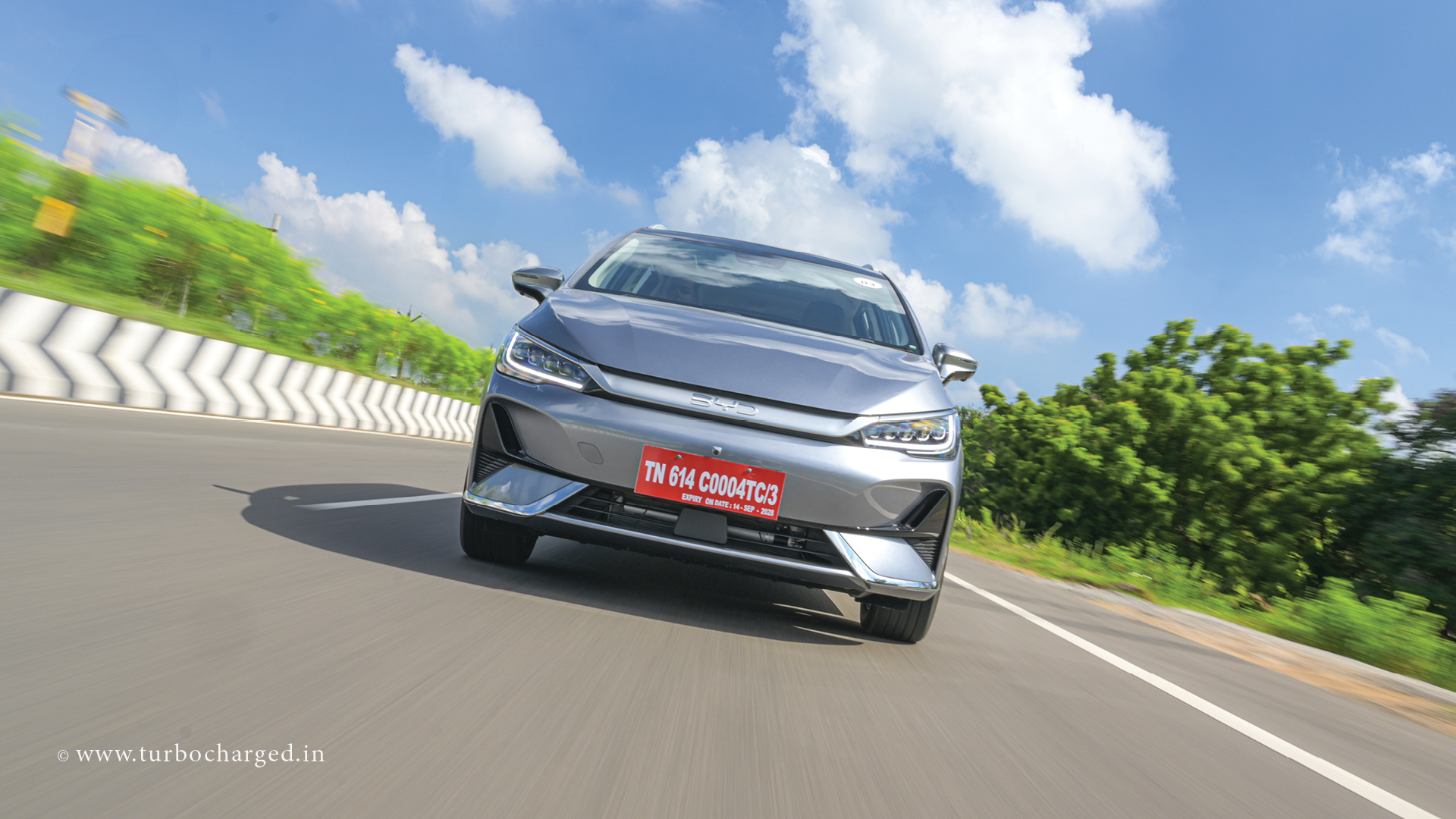
The e7’s design may keep some of the familiar elements of the e6’s shape, but there are clear upgrades in every line and curve. The front gets a stylish boost with BYD’s signature “Dragon Face” design. Its crystal-like LED headlights and striking DRL signature bring a bold, upscale look that fits well with its premium feel. The front bumper is reimagined too, with sporty air dams that contrast especially well against the four new paint options. That’s right: while the e6 only had two colours, the e7 offers four hues, so buyers can choose a look that better suits their style. The satin-finished inserts on the grille and bumper lip add a touch of refinement, creating an overall more polished front end.
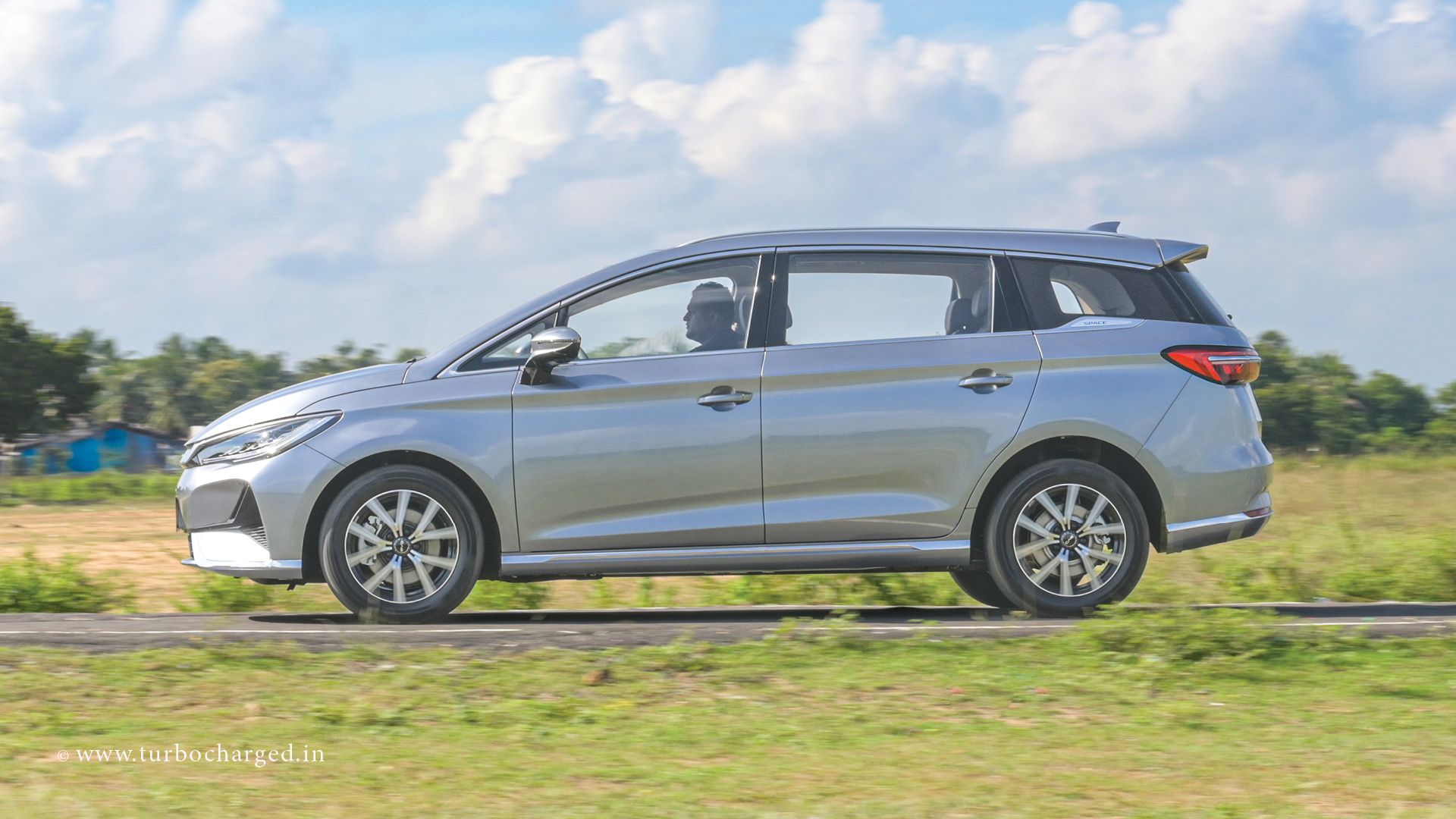
Around the side, there are new 10-spoke, 17-inch wheels that complement the e7’s proportions nicely. From this angle, the design doesn’t scream “radical,” but it does whisper sophistication, which is arguably more appropriate for an MPV. It’s tasteful and easy on the eyes, a vehicle you can see yourself proudly taking on family trips without being too flashy. Moving to the rear, the design shifts drastically from the e6’s dated look. BYD has used sleek taillights that span the width of the car, accentuated by a chrome strip. This modern look brings the e7 up to date and gives it an elegant finish that feels far from typical for an MPV, helping it stand out in the crowd.
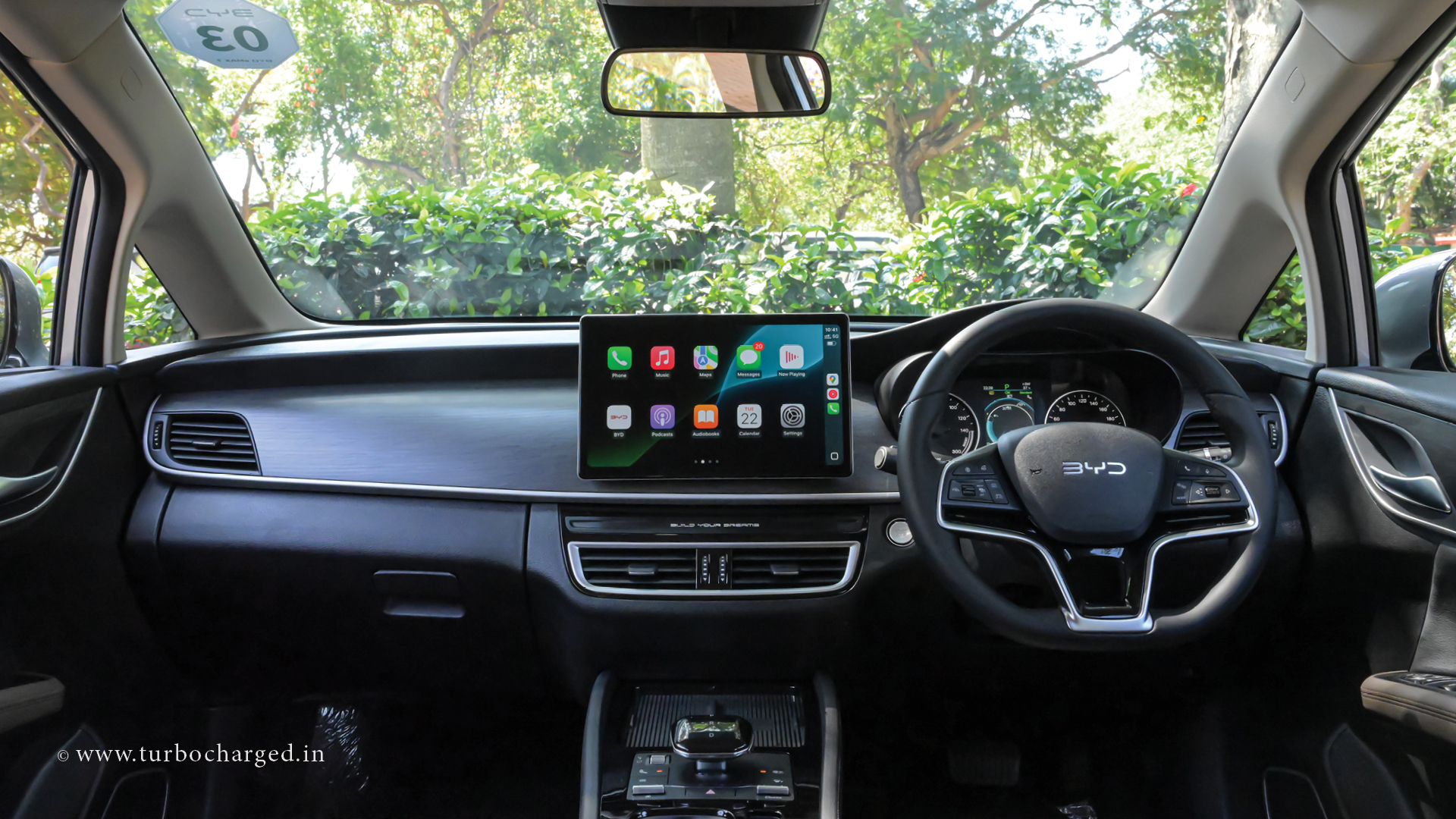
Step inside, and the e7 greets you with an inviting cabin that’s a definite improvement over the e6. The leatherette upholstery feels comfortable and upscale, with noticeable upgrades in material quality across the dashboard and touchpoints. However, the real showstopper is the 12.8-inch infotainment display that can rotate, just like in the Atto. It’s a fun touch, offering both vertical and horizontal orientations to accommodate various preferences, which I think families will appreciate on road trips. Then, there’s the panoramic roof—a big addition that creates an airy, open feeling for passengers, adding a sense of luxury uncommon in this class.
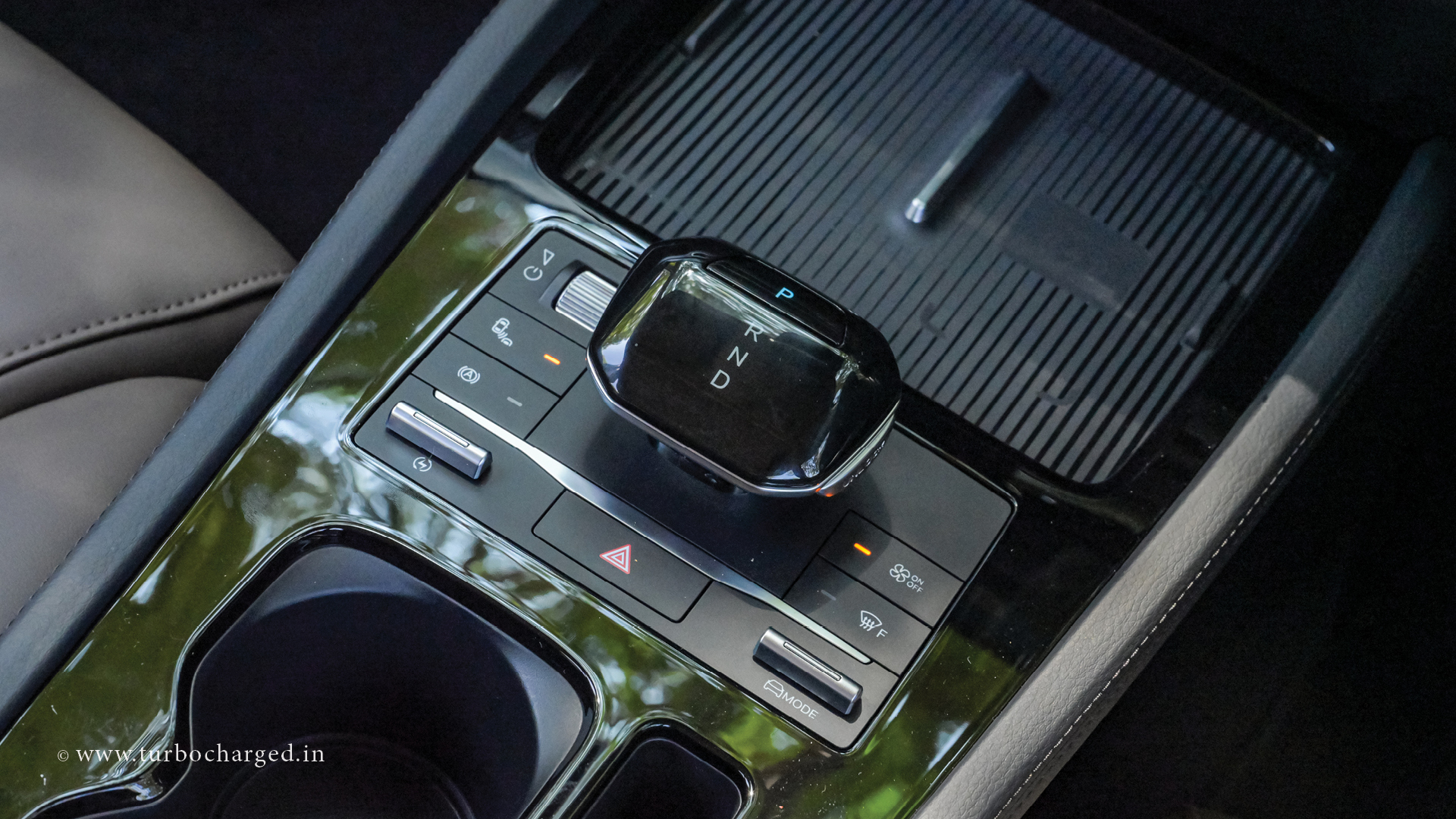
The drive selector is conveniently stubby and ergonomic, making shifting a breeze, and while the main speedometer retains analogue dials (likely a choice for fleet preferences), the centre has a digital info cluster with battery status, ADAS mode, and other essentials. These subtle yet significant upgrades help the e7 bridge the gap between an economy-focused fleet vehicle and a personal-use family MPV.
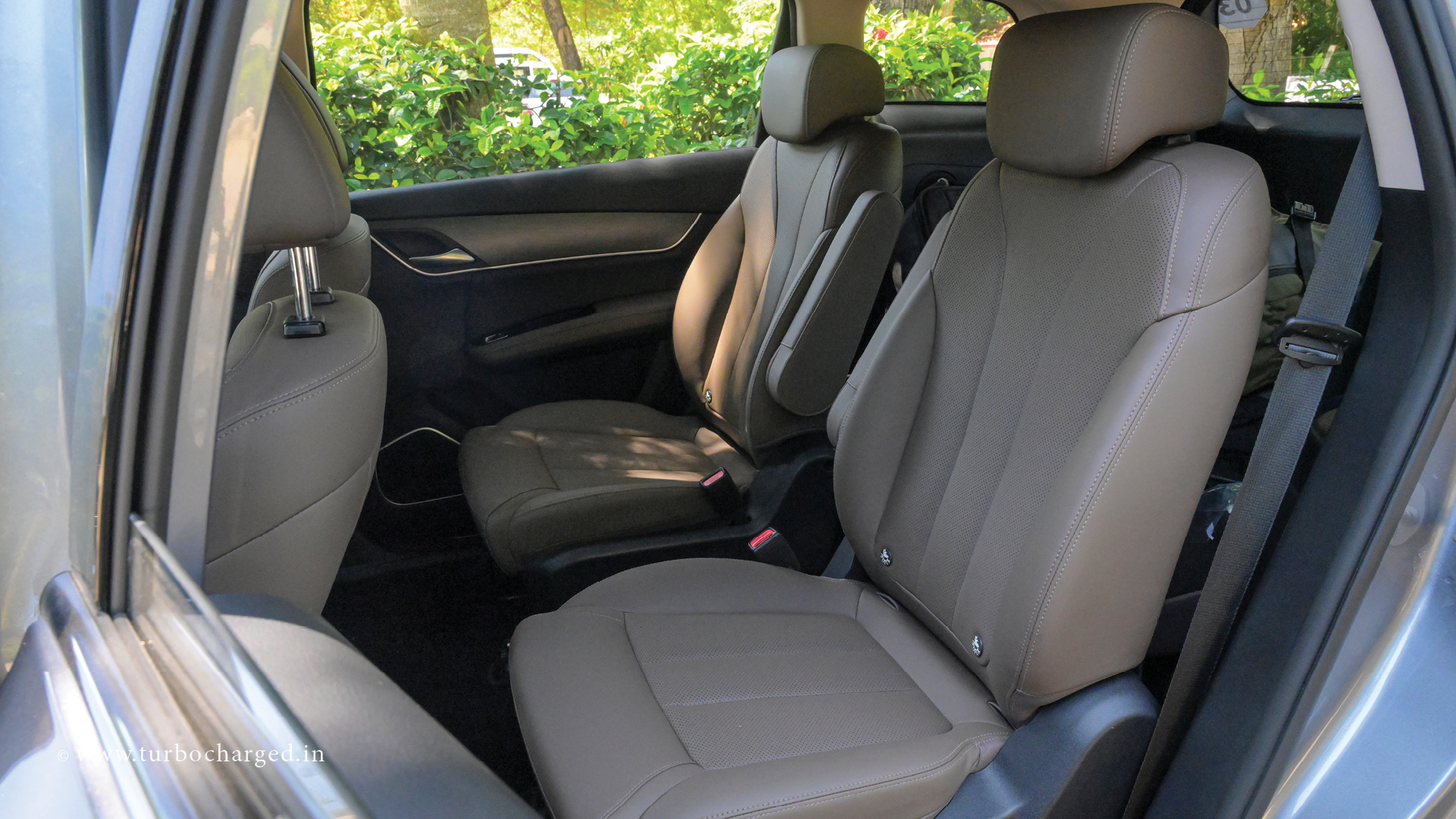
Available in both 6 and 7-seater configurations, the e7 caters to different needs. We tested the 6-seater with its captain’s chairs in the middle row, which offered generous comfort and support, perfect for longer drives. With three rows, there’s ample room for passengers, and unlike many MPVs, the third row can comfortably accommodate two adults for shorter journeys (though longer trips may prove less ideal). Every row is equipped with AC vents, cup holders, and USB charging points, with the captain’s chairs featuring armrests, adding to the overall comfort.
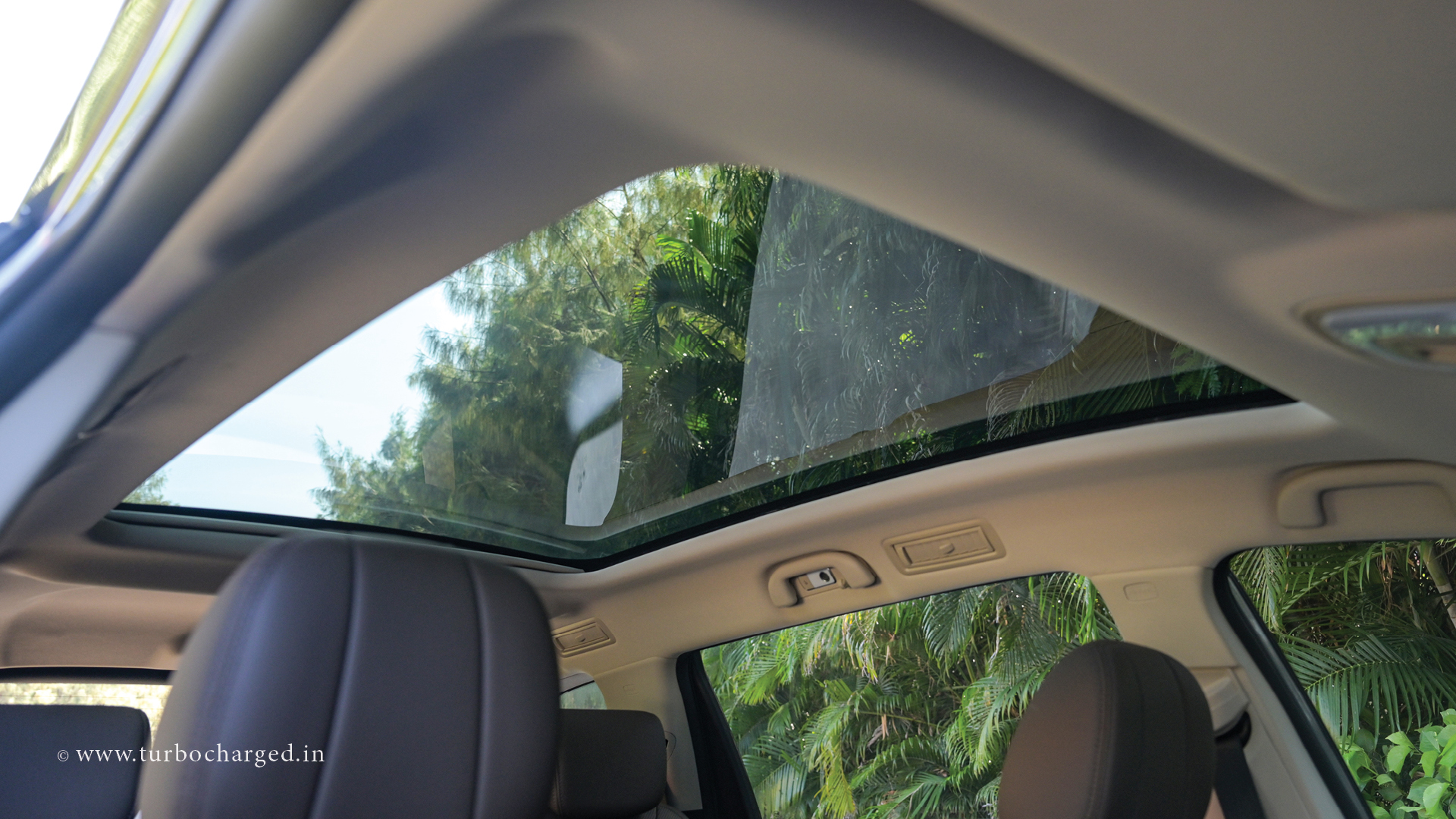
Luggage space is another strong suit of the e7. With all seats in place, the cargo area is around 180 litres—sufficient for day-to-day errands or a small outing. Fold down the rear seats, though, and that expands to a hefty 580 litres, making it more than capable of accommodating full family travel gear, from suitcases to sports equipment. It’s a versatile layout that fits well with the e7’s purpose as a family MPV.
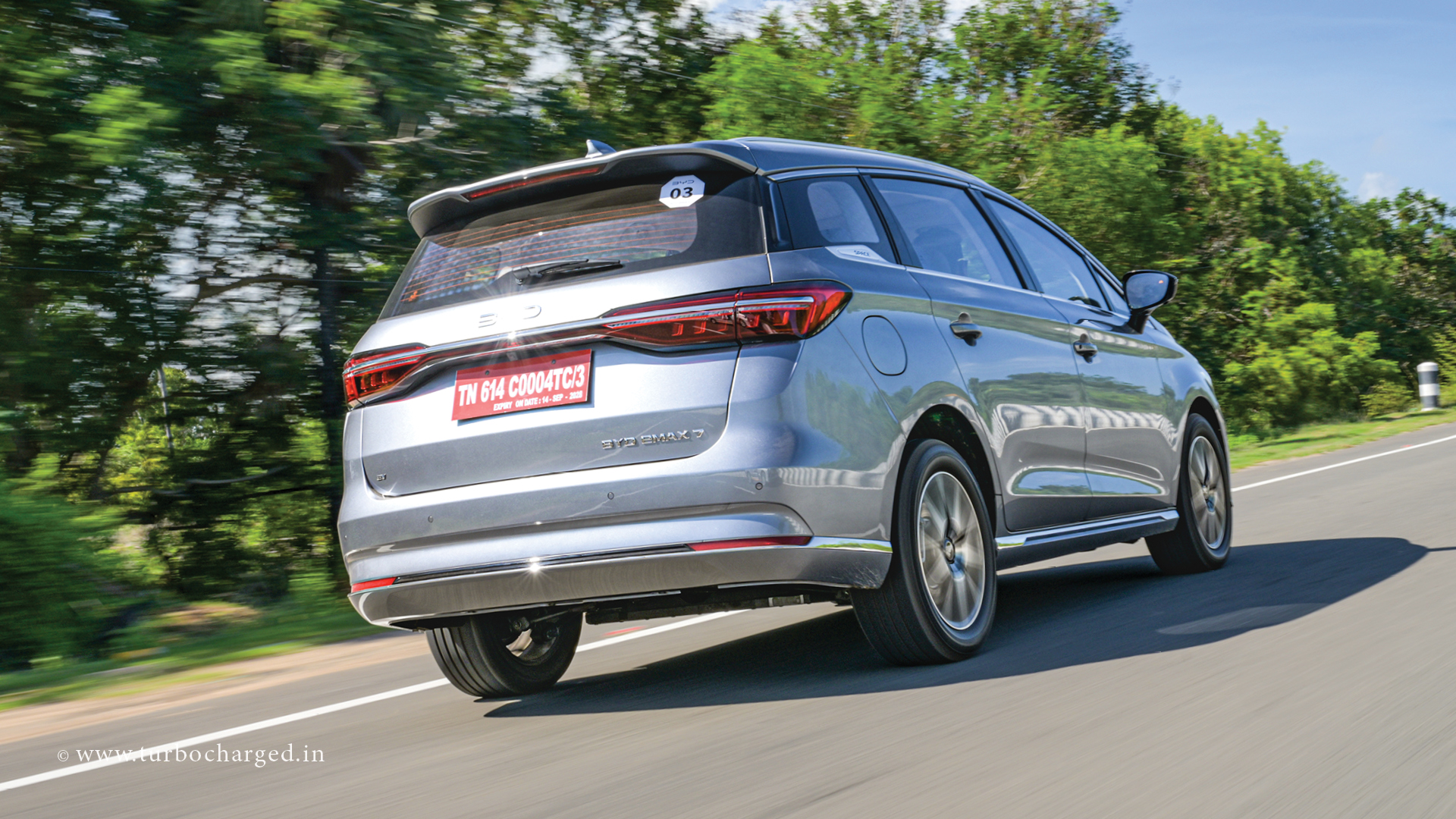
Moving beyond the specs, how does the e7 handle on the road? Considering its two-ton weight, the e7 impresses with light and responsive steering, making city driving surprisingly easy. I was struck by how agile it felt in urban settings; navigating busy roads, making sharp turns, and parking weren’t the headaches I initially anticipated. However, on highways, it would be ideal if the steering weight increased for a more grounded feel. That said, it’s not a deal-breaker, as the car is stable and confidence-inspiring.
Being built on a monocoque chassis with independent suspension on both ends means it’s better suited for family comfort than more rugged vehicles, though it handles bumps and rough patches commendably. The rear can feel a tad bouncy over uneven terrain, but that’s par for the course with most MPVs, and it doesn’t detract significantly from the ride quality. All in all, the e7 offers an enjoyable drive for an MPV, but it’s designed for relaxed driving rather than spirited cornering.
Let’s talk about the heart of the e7—its power and range. The e7 is available in two trims: Premium, with a 55.4kWh Blade battery, and Superior, with a more robust 71.8kWh unit. We tested the Superior model, which boasts a hearty 204PS and reaches 0-100 km/h in an impressive 8.6 seconds. That’s notably fast for a vehicle in this category, giving the e7 a leg up on the competition in terms of performance.
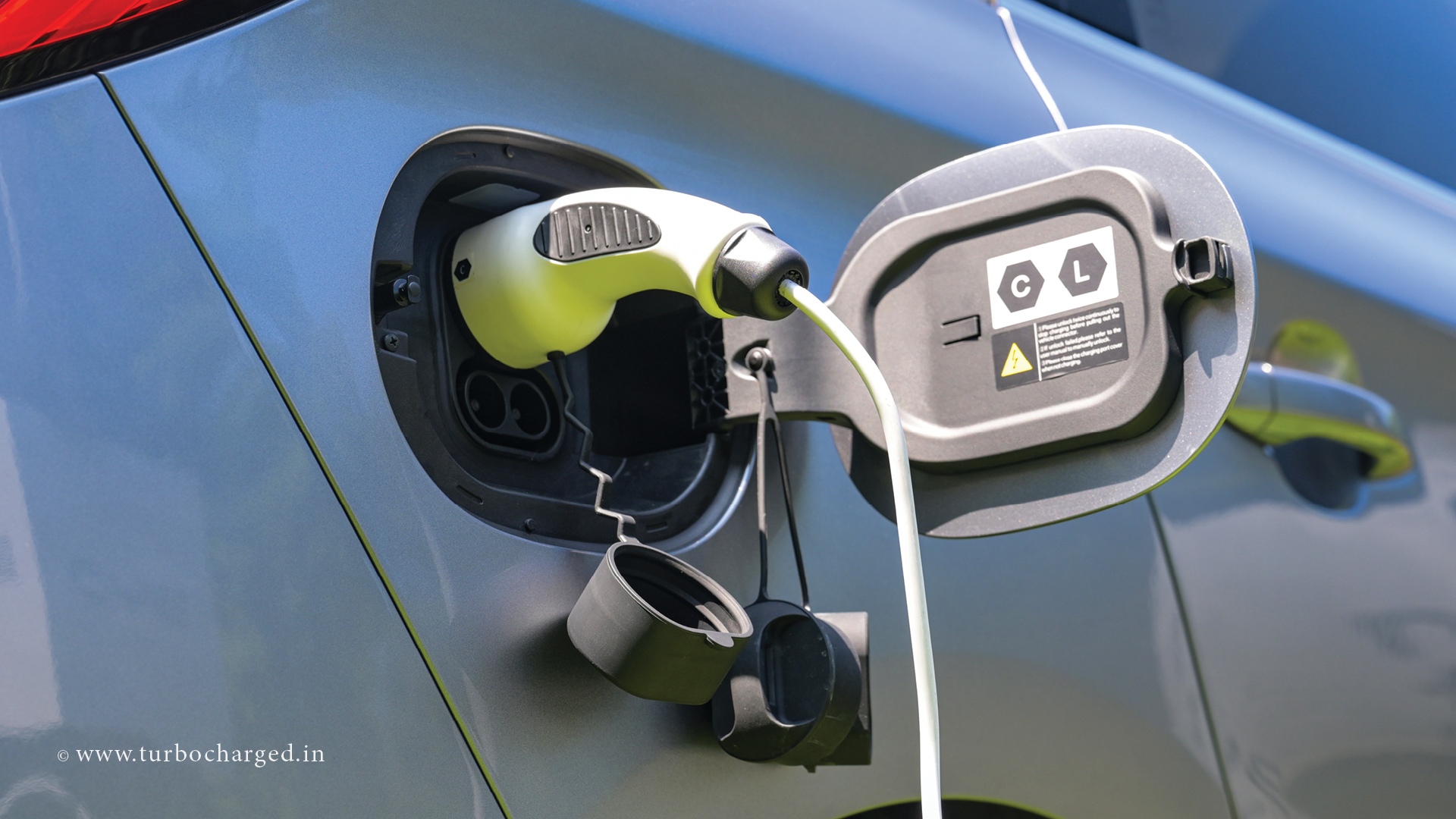
The Superior variant claims 530 km on a full charge, while the Premium clocks in at 420 km. We drove the Superior for about 100 km across Chennai’s urban roads and highways, experiencing both stop-and-go traffic and open roads. After our journey, we had used roughly 40% of the battery. With that kind of consumption, the e7 should comfortably offer over 400 km in real-world conditions with varied driving modes, making it a practical choice for families who want to avoid frequent charging stops.
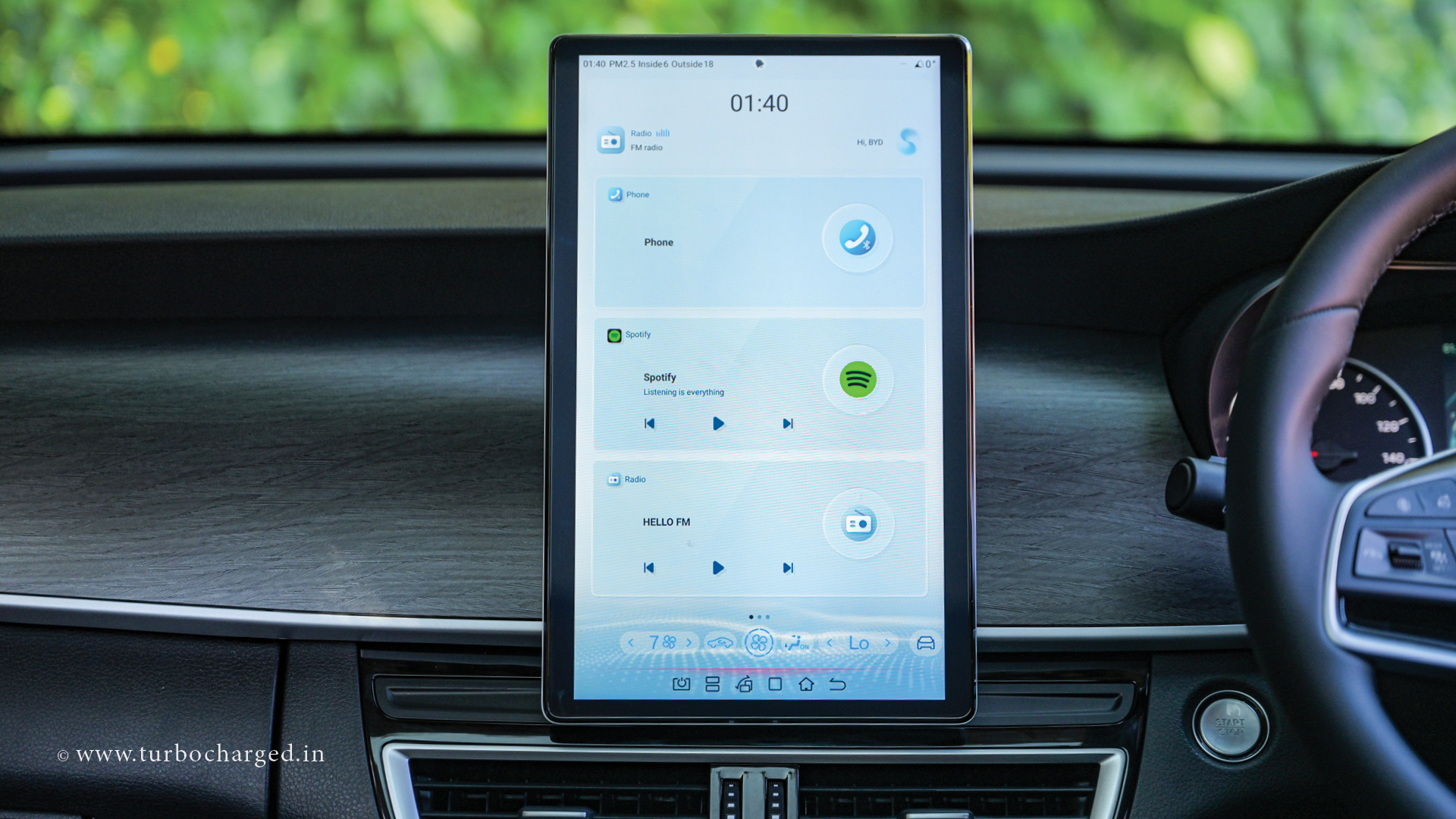
The e7 offers two driving modes, Eco and Sport, with noticeable differences. In Eco, the performance is smoother and more restrained, helping conserve battery life—ideal for city driving. In Sport, throttle response sharpens, and the e7’s power is fully accessible, making it easy to reach and sustain highway speeds without strain. For additional efficiency, two levels of regenerative braking are also on tap, which can help extend the range further when used strategically.
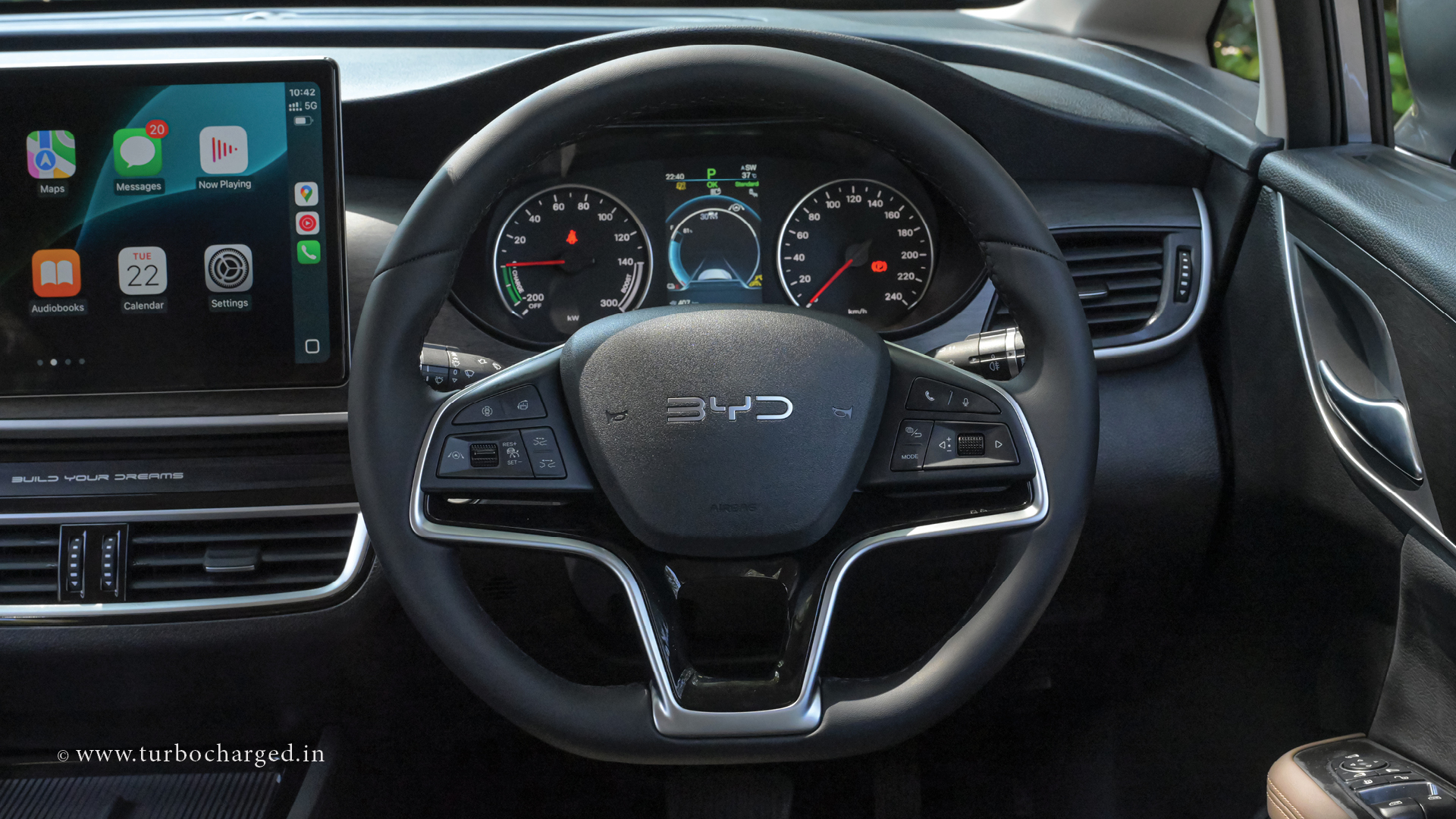
Safety and features are where the eMAX 7 shines as well. Every variant is equipped with six airbags, hill-hold control, a 360-degree camera, and BYD’s advanced ADAS suite. This includes automated braking, adaptive cruise control, blind-spot monitoring, rear collision warning, rear radars, and lane-keeping assist—pretty comprehensive, especially at its price point.
Speaking of price, the eMAX 7 starts at Rs 26.90 lakh for the 6-seater Premium and goes up to Rs 29.90 lakh for the 7-seater Superior, bringing it head-to-head with the Toyota Innova Hycross Hybrid. While the Innova Hybrid is a strong competitor, it’s not fully electric, so it doesn’t offer the same long-term savings on running costs as the eMAX 7, but the Toyota commands better resale and proven reliability. That said, the BYD gets an 8-year or 160,000 km, warranty on the battery and motor.
For urban commuting, family trips, and moderate long-distance journeys, the eMAX 7’s range and versatility make it an attractive option in the growing EV MPV segment. The fact that it’s now open to personal buyers is a huge plus, making it the only fully electric MPV available to families. As EVs continue to become more practical and affordable, the eMAX 7 makes a compelling case as a comfortable, tech-savvy, and well-priced people-mover. This BYD has the potential to carve a niche amongst Indian households looking to embrace EVs without compromising on comfort or utility.





